With every webpage loaded, email sent, or video streamed, network traffic takes a complex journey…
Introduction
Roughly 47.4 million people quit their jobs and left the workforce last year in search of better ones, leading to what we now call the Great Resignation. Then, as the economy re-opened and companies intensified hiring efforts, millions of people switched careers, searching for better working conditions and higher salaries.
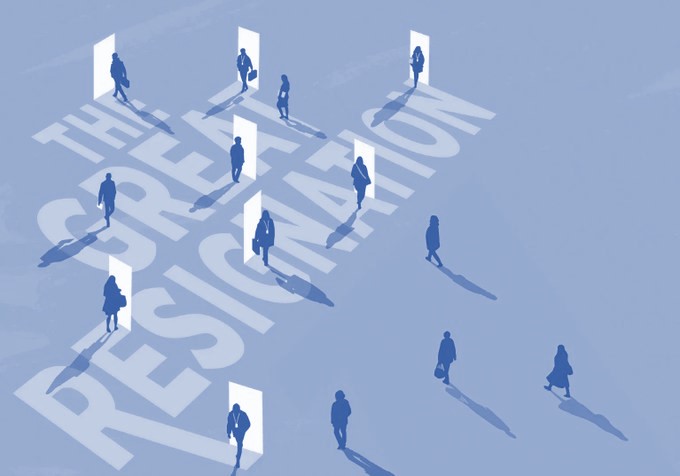
Experts say the trend will continue as the Gen Z population reshapes the labor market.
A survey by Microsoft shows that 52% of Gen Z and millennials are looking to change their employers this year.
As a result, job loyalty is now a thing of the past, with knowledge workers seeking out opportunities that align with their goals.
Naturally, businesses all over are responding to this trend primarily by offering higher salaries, more incentives, and the opportunity to work remotely. In addition, as more people prioritize a work-life balance, companies seek a hybrid workplace model that gives the employees the flexibility of remote work and the collaboration of in-person interactions.
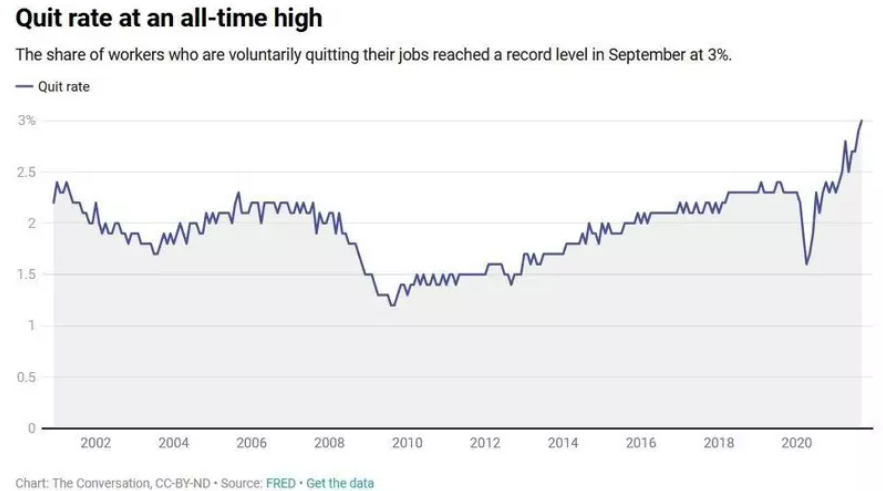
The Implications of the Great Resignation for IT
The Great Resignation has forced most organizations to invest in a optimal digital workplaces, as many job seekers prefer remote-only jobs. However, most companies’ digital workplace experience is uncharted territory, and the buck seems to stop with IT support teams. To thrive in this new era, you must find ways to implement new technological solutions early.
Every effort should improve the digital employee experience for better engagement and higher employee productivity. The success of your organization relies heavily on your ability to attract and retain brilliant talent.
To optimize remote work, you need to provide your employees with all the tools and applications to complete their work in any network setting. Your team must understand the employees’ technology needs and how best to meet them.
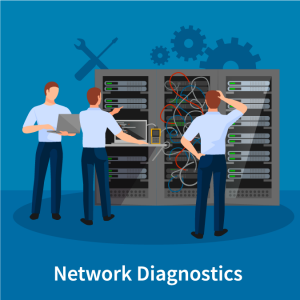
Remote Work Poses a Challenge for IT Support Teams
Transitioning to the digital workplace comes with its challenges. For example, corporate and support teams must rely on third-party providers with employees and workers scattered geographically. Also, the digital workplace delivery network requires employees to use SaaS apps in their daily operations.
With remote work, visibility into SaaS application performance significantly reduces, making it harder to sustain motivation and monitor performance. In an ideal digital workplace, IT no longer uses a one-size-fits-all approach to troubleshooting. In its place, you need to have a strategy that supports the more asynchronous nature of remote working.
The stakes are high for IT management, primarily since a lot of the company’s revenue relies on employees’ productivity. Consequently, any disruption or poor SaaS app performance has a significant impact on the productivity of remote workers.
For optimum employee engagement and job satisfaction, the employees need to focus on their job rather than investigating IT problems. Many factors influence employee experience and retention, and their digital experience plays a key role. A poor technology experience exacerbates factors that could lead to poor engagement and, even worse, resignation.
What Is the Solution to the Great Resignation Problem?
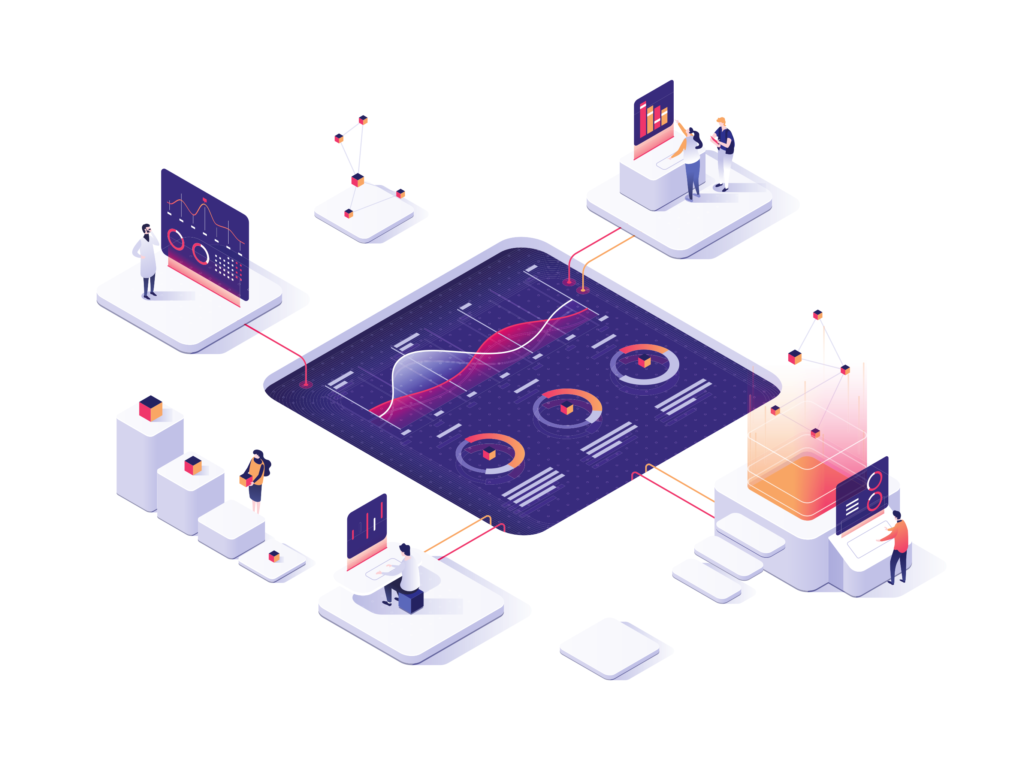
To combat the Great Resignation challenge, you must invest in your employee experience, primarily their digital experience. By collecting vital digital experience metrics in real-time from several browsers and endpoint devices across different locations, you can make better decisions to solve application problems and optimize the experience for all the users.
Legacy monitoring tools are adequate but limited in their function. Digital Experience Monitoring (DEM) is the answer to the Great Resignation problem. DEM gives you remote workforce network visibility instead of collecting limited data using traditional tools. It quantifies the digital experience via numerical scores and monitors SaaS performance, clearly identifying pain points from the employees’ perspective.
Business, technology, and human resource leaders can obtain a macro picture of their employee experience health and take proactive steps to optimize experience issues with applications — one of the factors for attrition.
Digital Experience Monitoring Use Cases
Here are some use cases of DEM relevant to the Great Resignation problem.
1. Real User Monitoring for SaaS Apps
DEM allows you to monitor SaaS and Web applications that you don’t control. How? You can monitor specific web, domains, and SaaS applications to detect performance problems using a browser add-on extension. This technique goes a long way in ensuring end-user satisfaction for the employee.
Real user monitoring enables you to diagnose slow SaaS providers, Wi-Fi, internet service providers, and proxies regardless of the worker’s location. This tool gives you complete coverage of every user, pinpoints issues like poor network or slow website response time, and fixes the problems without complicated deployments.
2. Endpoint Monitoring for Networked Apps
Endpoint monitoring captures the employee experience to ensure they’re satisfied with their work desktops’ network applications and cloud services. In addition, a large volume of system resource metrics is captured, aggregated, and crowd-sourced to help decision-makers analyze the data to pinpoint the root cause of problems.
Synthetic Transaction Monitoring (STM) and Real-User Monitoring work hand-in-hand for full coverage of end-user SaaS and web applications. With STM working continuously in the background, you are notified immediately about poorly performing apps and services, and you can fix the issue before the business is affected.
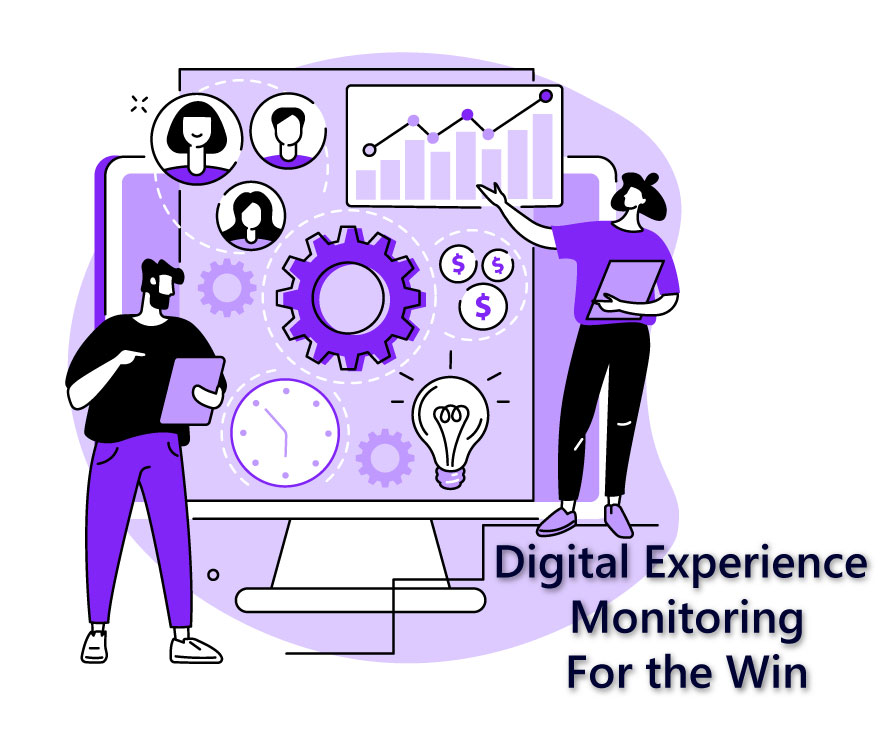
3. Network Transformation and Upgrades
Most applications and services are now cloud-based, meaning organizations have to transform and optimize their office networks. Unfortunately, once you’ve moved apps and traffic to the cloud, the networks and gateways you used for internal traffic cannot provide good experiences.
Monitoring SD-WAN, hub-n-spoke, WAN-opt, and cloud proxies require you to record end-to-end digital experiences before, during, and after. Using the data collected, you can compare end-user experience across all your applications and protocols to ensure that any network changes do not disrupt the business.
4. UCC Solutions Monitoring
Enterprise collaboration and communication currently rely on Unified Communications and Collaboration (UCC) platforms like Skype, Microsoft Teams, and Slack. Furthermore, UCC solutions have become mission-critical to business operations, requiring continuous monitoring and performance management.
With a DEM solution, you can proactively monitor Teams AV performance and gather low-level metrics such as packet loss, jitter, response time, RTT, etc. from any location. Network engineers can easily understand if the problem lies with the user’s network or the service provider.
Reduce Attrition With Digital Experience Monitoring
Technology is now the lifeline between customers, companies, and their employees. With more and more workers working remotely, business leaders need new ways to monitor employee engagement and productivity. Besides, network administrators and support teams need to establish Digital Experience Monitoring practices to optimize the digital experience of end-user applications proactively.
Quantifying the digital experience via numerical scores and bench-marking SaaS performance removes troubleshooting ambiguity and shapes the future of the new normal.
With Exoprise DEM, you get synthetic and real user monitoring visibility in a single pane of glass – that’s Better Together!


